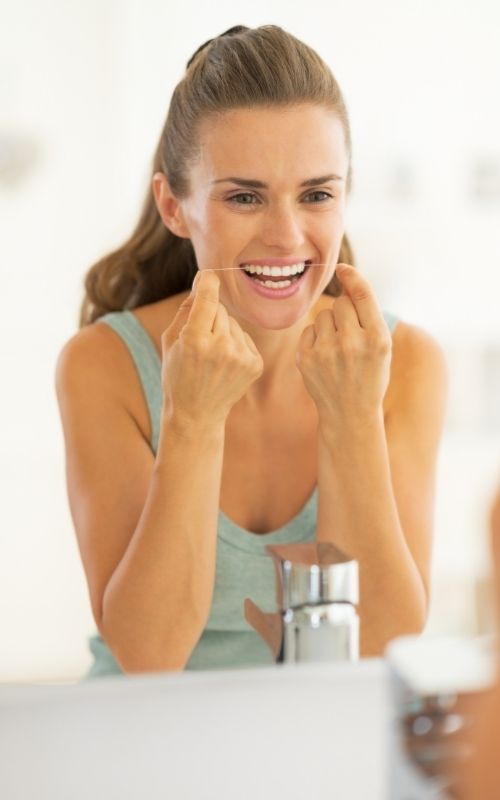Special Circumstances
If you are in pain or concerned about your treatment, please call us on (07) 5573 6535
Emergency Treatments
The following is a list of orthodontic emergencies and their treatments. Only the most severe emergencies will require attention by an orthodontist. The majority of the instances listed below are easily treated with a follow-up visit. Click here for information about home remedies.
Food Caught Between Teeth
This is not an emergency, but can be a little uncomfortable or embarrassing for the patient. It is easily fixed with a piece of dental floss or use an interproximal brush (piksters) to dislodge food caught between teeth and braces or even just brushing your teeth after eating. Find out more.
Lost Wire or Ligature
Tiny rubber bands or small, fine wires, known as ligatures, hold the wire into the bracket. If a rubber or wire ligature is lost, please phone our rooms and one of our friendly front office team members will advise as to how soon the patient should be seen. Find out more.
Ligatures Come Off
If a rubber ligature should come off, you may be able to put it back in place using clean/sterile tweezers. If a wire ligature comes loose, simply remove it with sterile tweezers. If the wire ligature is sticking out into the lip but is not loose, it may be bent back down to eliminate the irritation using either tweezers, the end of a matchstick or even the eraser end of a pencil. More information if your ligatures come out.
Discomfort
It is normal for a patient to have discomfort for a day or two after braces or removable appliances are adjusted and it can at times make eating uncomfortable. Reassure the patient that the discomfort is both normal and temporary. Encourage soft foods. Have the patient rinse the mouth with warm salt water. If the patient is allowed to have over-the-counter pain relievers, these may be effective. Find out more.
Mouth Ulcers
Some patients are susceptible to episodes of mouth ulcers which may be precipitated or exacerbated by an irritation from braces. One or several areas of ulceration of the cheeks, lips or tongue may appear. This is not an emergency, but may be uncomfortable for the patient. Prompt relief may be achieved by applying a small amount of wax to the braces directly opposing the ulcers. A topical anaesthetic (such as brace relief or a pharmacy brand) may be applied directly to the ulcerated surface, along with regular rinses with warm salt water.
Irritation of Lips or Cheeks
Sometimes new braces can be irritating to the mouth, especially when the patient is eating. A small amount of wax makes an excellent buffer between metal and mouth. Simply pinch off a small piece and roll it into a ball the size of a small pea. Dry the area as best you can and flatten the ball and place it completely over the area of the braces causing irritation. The patient may then eat more comfortably. Let the patient know that if the wax is accidentally ingested it will not harm them. Find out more about remedies to irritation.
Lost Brackets, Bands or Wires
Brackets are the parts of braces attached to teeth with a special adhesive. They are generally positioned in the centre of each tooth. A bracket may debond if the patient has eaten something too hard, sticky, chewy or crunchy or if there is a sharp blow to the face or mouth. (We strongly encourage all patients, especially during braces treatment, to wear a protective mouth guard while playing contact sports.)
If a loose bracket has rotated on the wire and is sticking out, try and rotate the bracket back to position using sterile/clean tweezers to alleviate any discomfort and prevent further damage. Please phone our rooms and one of our friendly front office team members will advise as to how soon the patient should be seen. Please be sure to notify us if the patient has sustained a blow to the face, mouth or jaw as we may need to see the patient sooner.
Protruding Wire
Occasionally the end of a wire will work itself out of place and irritate the patient’s mouth. Use a suitable implement to push the wire so that it is flat against the tooth. If the wire cannot be moved into a comfortable position, cover it with relief wax or use floss to temporarily tie the wire to the closest bracket. (See Irritation of Cheeks or Lips above for instructions on applying wax). Please phone our rooms and one of our friendly front office team members will advise as to how soon the patient should be seen. Find out more about protruding wire remedies.


